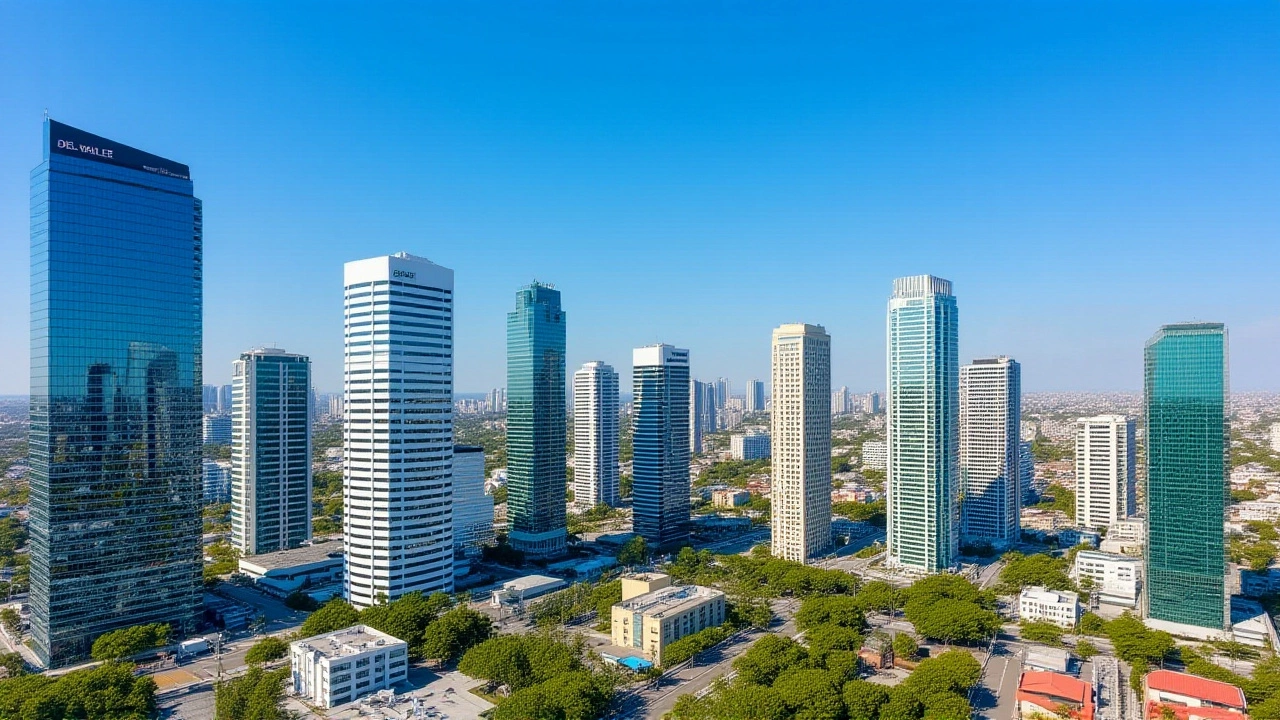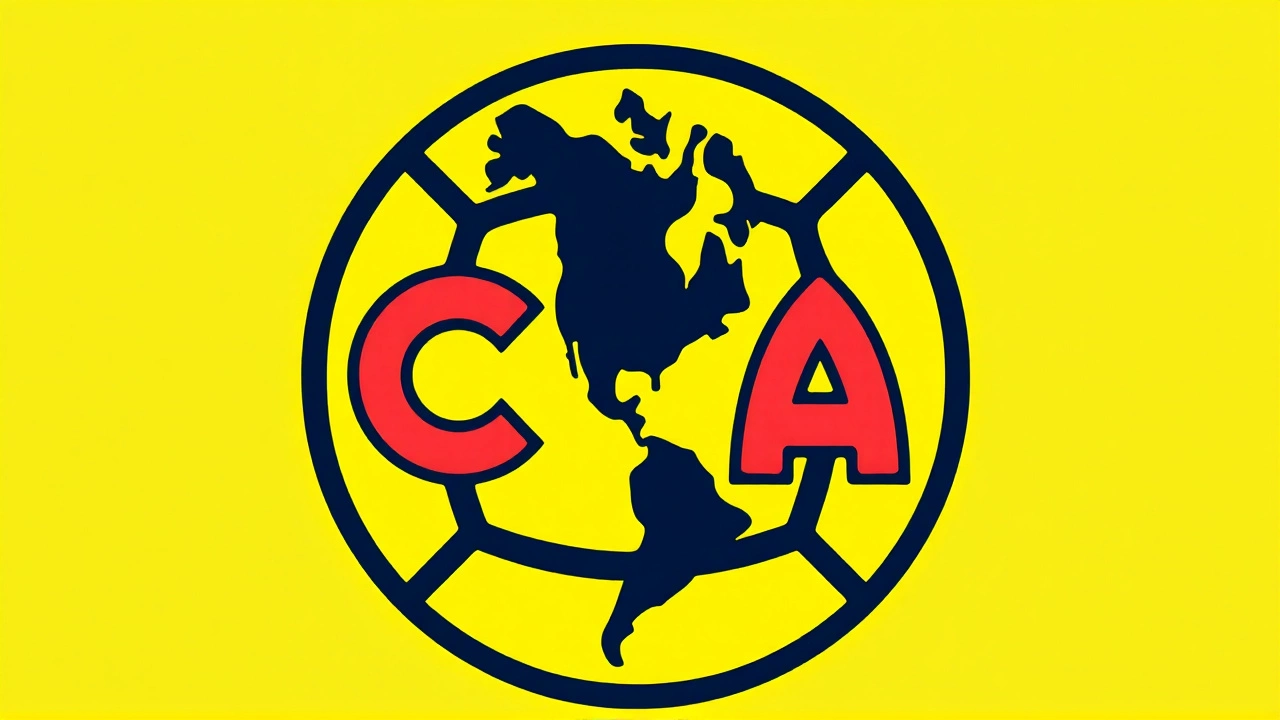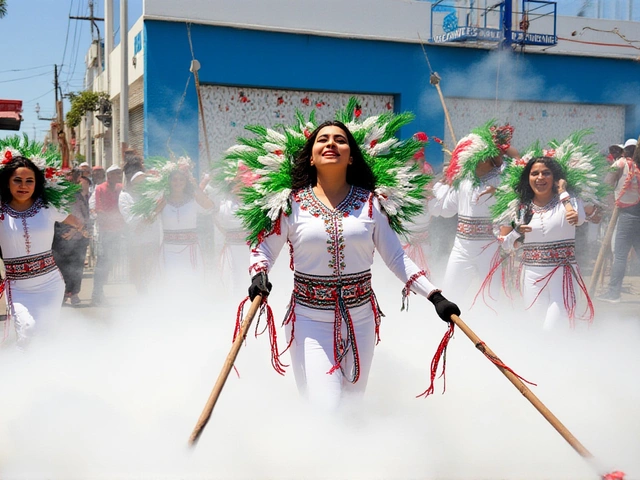When Ignacio Zaragoza, Mexican general of the Mexican army rallied a rag‑tag force on May 5, 1862, the triumph in Puebla did more than spark a yearly party – it bought the Union precious time to fend off the Confederacy and, in a way, shielded Black Americans from a harsher fate.
The clash unfolded in Puebla, Mexico, a modest city perched between volcanic peaks. While the Mexican side was fighting French imperial ambition, across the border the United States was locked in its own battle over slavery. The parallel struggles are often overlooked, but the link is as direct as the artillery that never reached Confederate hands because of a Mexican victory.
Background: Mexico, France, and the American Civil War
By 1860 Mexico owed massive debts to Spain, Britain and France. Spain and Britain settled for new terms, but Napoleon III, Emperor of France chose aggression. He hoped to carve a foothold in the Americas and, crucially, to supply the secessionist South with modern artillery in exchange for cotton.
At the same time, the Union blockade choked the Confederate economy, and Union generals were desperate for a decisive blow. Historians like Justo Sierra, historian have warned that if France had succeeded in Mexico, the balance of power on the continent could have tipped in favor of slavery.
The Battle of Puebla and Its Immediate Impact
The encounter itself is catalogued as the Battle of PueblaPuebla, Mexico. Zaragoza’s outnumbered troops held off a French force equipped with breech‑loading rifles and superior artillery.
Because the French were forced into a month‑long retreat, their planned shipment of upgraded cannons to the Confederacy was delayed until early 1863. That window gave Union forces the breathing room to win at Antietam (September 1862) and later at Gettysburg (July 1863). In plain terms, the Mexican setback bought the North roughly six months of strategic advantage.
Latino Communities in 19th‑Century California
California’s Gold Rush had swelled the state with Mexicans, Central Americans, and Afro‑Latinos. Newspapers printed in Spanish, such as *El Pueblo de Los Angeles*, framed the Puebla victory as a blow against “the white oppressor” and a sign that slavery’s global reach could be halted.
According to David Hayes‑Bautista, director of the Center for the Study of Latino Health and Culture at University of California, Los Angeles, the news “electrified Latinos and jolted them to a whole new level of organization.” These communities saw the battle not just as a Mexican triumph, but as a shared fight against the institution of slavery that the Confederacy defended.

Linking the Victory to Black Liberation
The Mexican government had outlawed slavery in the 1820s, making it the first independent nation in North America to ban the practice. That legal stance turned the Puebla fight into an indirect extension of the Union’s emancipation goals.
Modern scholars argue that the delay in French aid allowed President Abraham Lincoln to push the Emancipation Proclamation through Congress with less fear of a European‑backed Confederate resurgence. In short, the Mexican win helped keep the Confederacy on the defensive, paving the way for Black freedom in the United States.
From Chicano Revival to Modern Commercialization
During the 1960s, Chicano activists revived Cinco de Mayo as a bridge between Mexican heritage and the broader Civil Rights movement. The holiday became a platform to highlight shared struggles against racism and colonial oppression.
By the 1980s, big‑beer brands and restaurant chains co‑opted the day for profit. The original anti‑imperialist message was replaced with cheap sombreros and endless guacamole. Yet, the underlying story—how a Mexican battle slowed French support for a slave‑holding Confederacy—still resonates for scholars and activists who push back against the sugary commercialization.

What the Holiday Means Today
For many, Cinco de Mayo is now a day of festivity, but a growing number of educators and community leaders are re‑introducing its deeper roots. Programs in schools across California and Texas now pair the celebration with lessons on the Battle of Puebla, the abolition of slavery in Mexico, and the interconnected fight for Black freedom.
Understanding this nexus reshapes the narrative: the holiday isn’t just about tacos and mariachi; it’s about a decisive moment that helped steer the United States away from a possible future of entrenched slavery.
Key Facts
- Battle of Puebla date: May 5, 1862.
- French forces were delayed by roughly six months, affecting Confederate armament plans.
- Mexico abolished slavery in the 1820s, earlier than any other North American nation.
- David Hayes‑Bautista’s research links the victory to early Latino activism in California.
- Chicano revival in the 1960s framed Cinco de Mayo as a civil‑rights symbol.
Frequently Asked Questions
How did the Battle of Puebla influence the outcome of the American Civil War?
The Mexican victory forced France to postpone sending advanced artillery to the Confederacy. That six‑month delay gave Union forces the breathing room to secure critical victories at Antietam and Gettysburg, accelerating the war’s end and limiting Confederate chances of foreign support.
Why is Cinco de Mayo important for Black American history?
Because the Puebla win indirectly protected the Union’s anti‑slavery agenda. By stalling French aid to the Confederacy, Mexico helped keep the institution of slavery from gaining new weapons, which in turn contributed to the eventual emancipation of enslaved Black Americans.
What role did Latino communities in California play after 1862?
Spanish‑language newspapers in California reported the battle as a victory against white imperialism. Activists used the news to rally anti‑slavery sentiment, linking their own fight for rights with the Union’s cause, and later turned the celebration into a platform for civil‑rights activism.
How did commercial interests change the perception of Cinco de Mayo?
Starting in the 1980s, breweries and restaurant chains marketed the day as a sales opportunity, emphasizing party imagery over history. This shift diluted the original anti‑imperialist message, turning a commemorative event into a generic cultural festival for many Americans.
What steps are educators taking to restore the holiday’s original meaning?
Schools in states with large Latino populations are adding curriculum modules that detail the Battle of Puebla, Mexico’s early abolition of slavery, and the linkage to the Union’s Civil War victories, aiming to give students a fuller picture beyond tacos and margaritas.

Write a comment